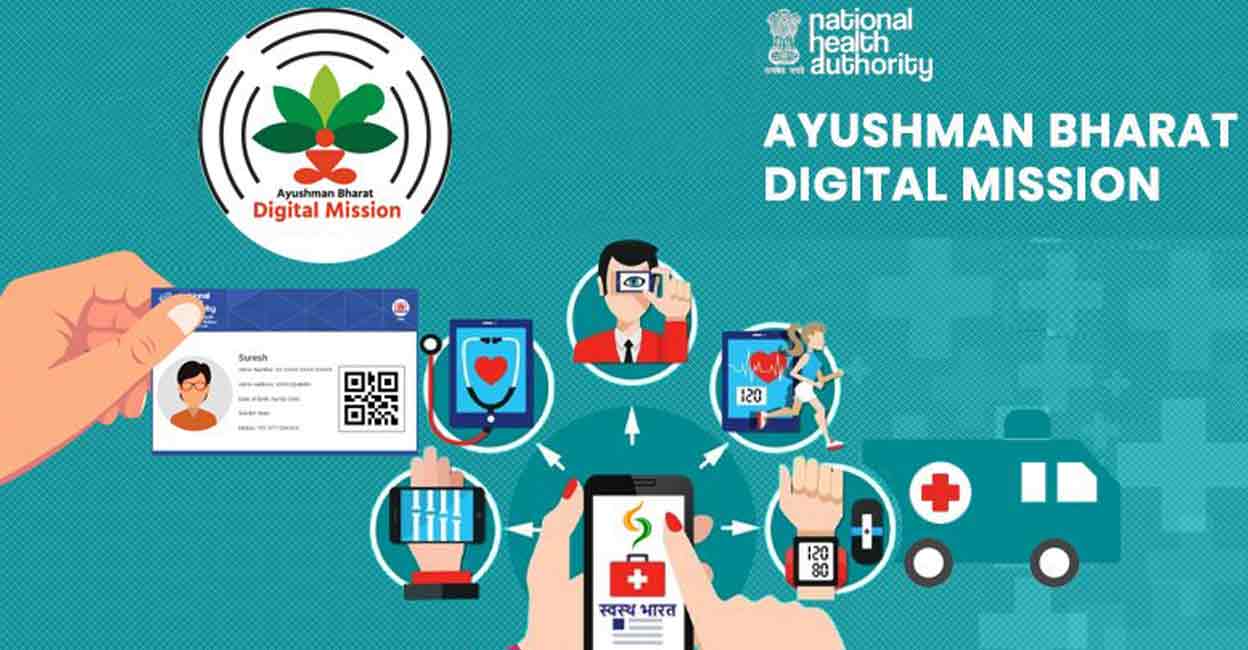John Doe
Marketing AssistanceAdipisicing torquent, conubia numquam. Duis rhoncus, montes? Nascetur minus ullam reprehenderit, placerat, elementum molestiae aliquid optio? Impedit porro, lacus cursus,


The Indian healthcare landscape is undergoing a rapid digital transformation, and the Ayushman Bharat Digital Mission (ABDM) is playing a pivotal role in this revolution. ABDM aims to establish a seamless nationwide healthcare ecosystem by harnessing the power of digital technologies to enhance accessibility, affordability, and the overall quality of healthcare services. While some healthcare providers might be hesitant to embrace new technologies, adopting ABDM is crucial for the future of healthcare in India. Here are five compelling reasons why healthcare providers should embrace ABDM:
ABDM promises to transform patient care by providing a comprehensive view of their medical history, encompassing records from various healthcare providers across the country. This centralized access to patient information will enable doctors to make more informed decisions, leading to better diagnoses, treatment plans, and ultimately, improved patient outcomes.
For instance, consider a patient with a complex medical history involving multiple specialists across different healthcare institutions. With ABDM, a doctor treating the patient can instantly access their complete medical records, including previous diagnoses, treatment plans, and test results, enabling them to provide a more holistic and effective treatment approach.
ABDM will streamline administrative processes, reduce paperwork, and eliminate unnecessary duplication of tests, leading to significant cost savings for both healthcare providers and patients. This improved efficiency will free up healthcare providers from administrative burdens, allowing them to focus on delivering quality care.
For example, ABDM will eliminate the need for patients to carry physical copies of their medical records, reducing the risk of lost or misplaced documents. This will not only save time and effort for both patients and healthcare providers but also improve the overall efficiency of the healthcare system.
ABDM will empower patients with greater control over their health data, enabling them to access their medical records, schedule appointments, and communicate with their doctors online. This increased engagement will foster a sense of ownership and responsibility for their health, leading to better adherence to treatment plans and improved patient satisfaction.
Imagine a patient struggling to manage multiple appointments across different healthcare providers. With ABDM, they can easily schedule and manage their appointments through a centralized portal, reducing the hassle of coordinating multiple appointments and enhancing their overall healthcare experience.
ABDM will extend the reach of healthcare services to underserved areas, bridging the gap between rural and urban populations. Telemedicine and teleconsultation will enable patients to access expert care from remote locations, reducing the need for travel and improving accessibility.
Consider a patient living in a remote rural area with limited access to specialized healthcare services. Through ABDM, they can connect with a specialist located in a major city via telemedicine, receiving expert consultation without having to travel long distances.
Adopting ABDM is not just about improving patient care and efficiency today; it’s also about preparing for the future of healthcare. As technology continues to evolve, ABDM will provide the infrastructure and framework to adapt to new advancements and ensure that healthcare providers remain at the forefront of innovation.
For example, ABDM will facilitate the integration of artificial intelligence and machine learning into healthcare practices, enabling doctors to make more accurate diagnoses, predict patient outcomes, and personalize treatment plans. By embracing ABDM, healthcare providers can ensure their practices are well-positioned to harness the power of emerging technologies in the ever-changing healthcare landscape.
ABDM will act as a catalyst for the integration of artificial intelligence (AI) and machine learning (ML) into healthcare practices, further revolutionizing patient care and healthcare delivery. AI and ML algorithms can analyze vast amounts of patient data, including medical records, genetic information, and lifestyle factors, to identify patterns and insights that would be difficult or impossible for humans to detect. This ability to extract meaningful insights from data will empower healthcare providers to:
By embracing ABDM and integrating AI and ML into their practices, healthcare providers can elevate the quality of care, improve patient outcomes, and position their practices for success in the future of healthcare.
In conclusion, embracing Ayushman Bharat Digital Mission (ABDM) is not just an option for healthcare providers; it is an imperative for ensuring the delivery of high-quality, accessible, and affordable healthcare to all